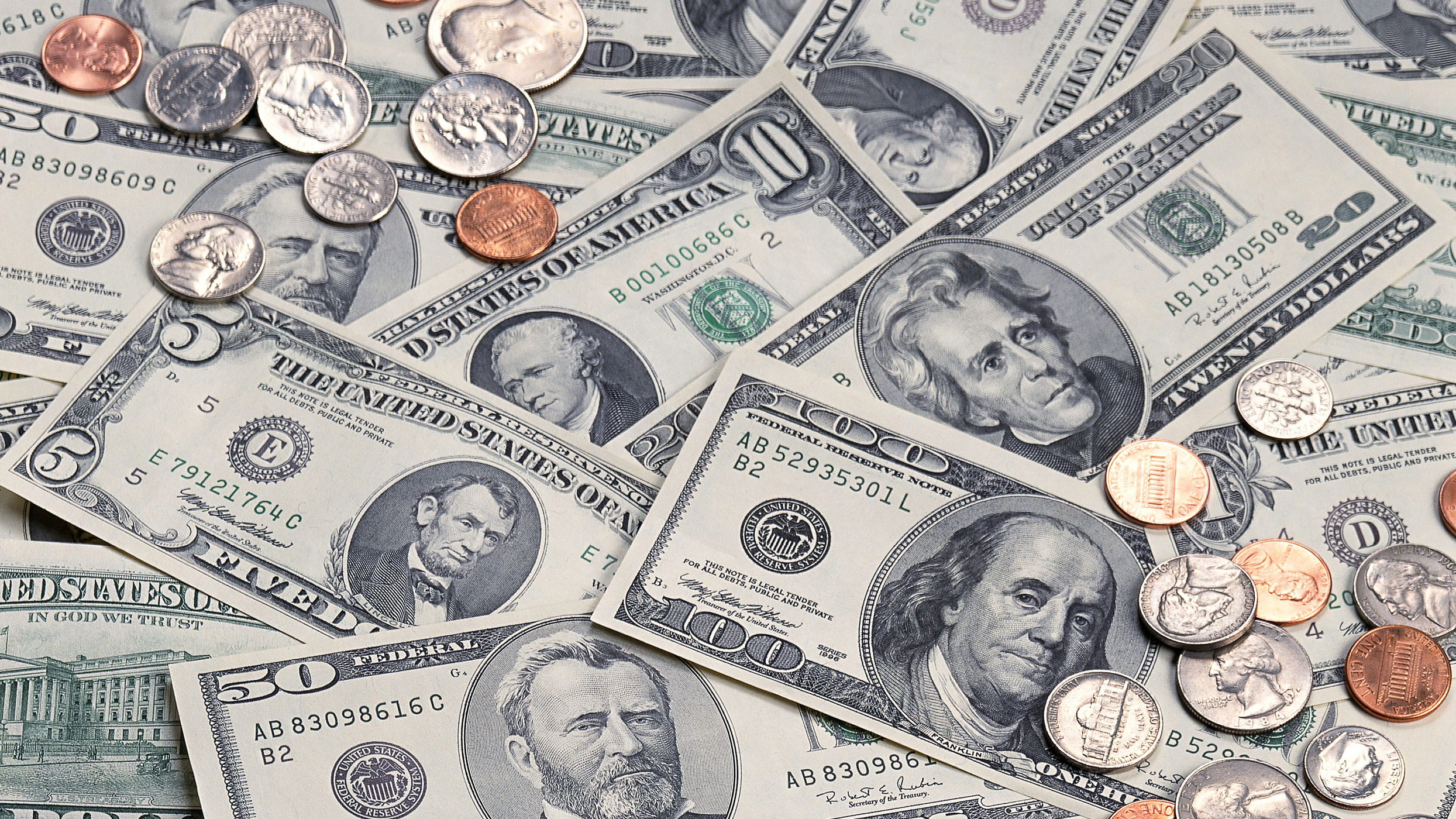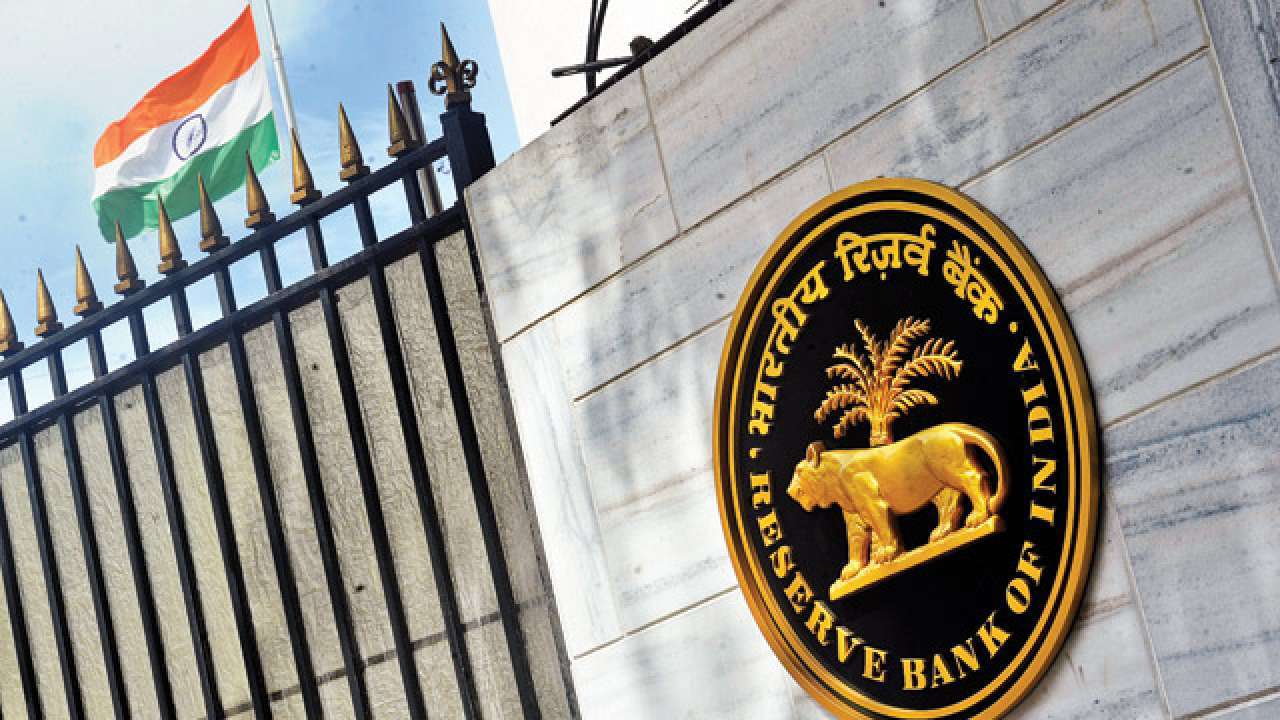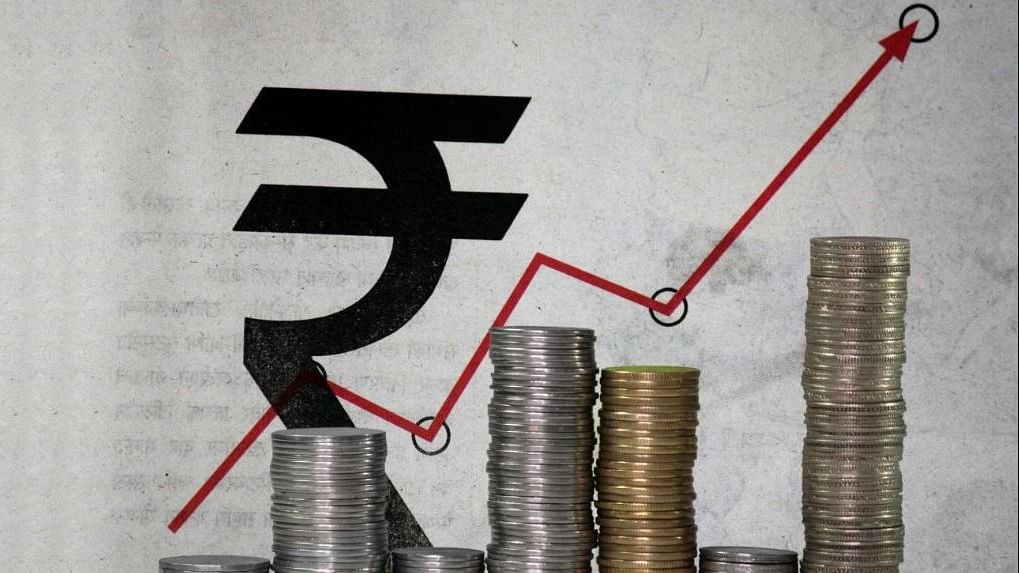Rupee Against USD Before & After 2014

Rupee Against USD Before & After 2014
The Indian Rupee witnessed a downturn in the last quarter of 2014. The fall was mostly due to the depreciation of the Indian currency. However, even after this decline, it is still rated collectively as the strongest currency in Asia, along with China and Japan. In comparison, US Dollar is observed as one of the weakest currencies in Asia and also globally.
In the first quarter of 2014, the US dollar to Indian currency exchange rate was Rs.57.6 per US$1. Later, it depreciated by 8% and closed at Rs.60.8 per US$1 in June 2014. The depreciation picked up momentum after mid-July, when it led to Rs.68 and reached a high of Rs.68.7 per US$1 in October 2014, marking a depreciation of 15% against the American currency in an extent of 3 months (July – October).
The currency reached its peak depreciation of 22.5% in December 2014, when it touched Rs.74 per US$1. The depreciation was not sudden but gradual and stable, with a mild rise in the Indian rupee value towards the month-end. Depreciation could have been higher, but for Reserve Bank of India’s intervention after mid-September and its move to maintain a steady and aggressive exchange rate led to a mild depreciation of nearly 8% in the last quarter of 2014.
The Indian Rupee had been admired by close to 25% in 2013 against the US dollar, from a low of Rs.55 in January 2013 to a high of Rs.55.5 in December 2013. On 7 April 2014, the Indian Rupee closed at an all-time high of Rs. 61.26 per dollar, up from its earlier record of 61. In April–June 2014, the Rupee almost touched its all-time high again, but the subsequent alteration brought it back to its earlier levels with an appreciation of about 3%.
The Rupee fell by 1.6% against the US dollar in November 2014 and by a further 1.8% in December 2014. The Rupee closed at Rs.62.32 on 23 December 2014, giving an appreciation of 8% to the Indian currency against the US dollar during November 2014. In comparison, the Dollar Index, which tracks the US dollar against a basket of other currencies, rose 1.4% over the same period. Hence in December 2014, the Indian Rupee was valued by 3% in comparison to other major currencies and by 8% in comparison to the US dollar during November 2014.

The Indian Rupee saw a memorable appreciation over the last quarter of 2014. The Indian Rupee gained 1.5% against the US dollar in October 2014 and 3.2% in November 2014, putting it at its highest levels for both months since January 2008. The Rupee’s gains were sustained and even intensified in December, as it gained another 2.0% against the US dollar.
The Rupee closed at a record high of 62.9 per US$ on 6 December 2014, its highest level since 2 January 2008. One main reason for this appreciation is the strength of the Indian economy as bounced back by soaring equity indices and trade data, coupled with increased demand for Indian export-oriented IT services around the globe. The RBI’s policy rates have been kept unchanged at 7.
In the last quarter of 2014, the Indian Rupee saw a significant decline from its all-time high levels as it depreciated by nearly 10% in that period alone. The Rupee had closed at 62.59 per US dollar on 5 September 2014, at an all-time high for that month since January 2008. The depreciation of the Rupee started in the last quarter of 2014. It continued through December till it touched a low of 70.83 on 28 December 2014, which was close to 30% depreciation vs USD since September 2014.
In November 2014, USD gained nearly 2% in value against major currencies except against the Rupee. This is mainly because of the interest rate hike by US Fed and also because the global market view is still not very positive. During September, the dollar index weakened by around 5%, as Fed Chairperson Janet Yellen stated that the Fed would not raise interest rates before 2015. The Dollar Index, which measures Dollar’s strength against the other six major currencies, closed at 80.46 on 28 December 2014, which was 1.
India is a net importer of oil, and the country imports close to 80% of its crude oil requirements. The Indian Rupee has depreciated significantly in the last few months, which has increased the import bill for oil by over 20% compared to a year ago. The Indian currency hit its record low level against the dollar on 29 July 2013. It touched 69.13, which is a fall of 18% since then, changing hands at about Rs 65 to the dollar.
The Indian Rupee is traded in two ways all around the day. First, it is traded in the interbank market called ‘the spot market’ where traders buy and sell Rupee against other currencies, while second, it is traded in the ‘contract market’ where traders buy and sell Rupee against itself. However, only exporters can trade in Rupee through ‘the spot market’.

The Reserve Bank of India provides a free e-letter on its website to keep people well informed about its interest rates, rate of exchange strategy, and different other developments which affect the value of money. The Rupee is structurally termed not in a local currency but in the Indian currency. Thus the Rupee value (in terms of ‘domestic’ currency) depends on the strength or weakness of the respective domestic currency against which it is traded. The Bank issues new notes every year to meet demands, and there is also a series of banknotes that are no longer in circulation.
The Indian Rupee is also used in some external markets. For example, the US Dollar is also used to value Indian exports and imports when they are transacted in the international market against the currencies of other countries. Trade among nations is represented by the total value of exports and imports. This combined scope is called the trade balance. The chart shows a strong correlation between exports and the Rupee’s value against the US dollar, which means that if the Rupee depreciates against the Dollar, then exports will go up, and if the Rupee appreciates, then exports will go down.
HISTORY OF THE INDIAN RUPEE
First of all, the currency used in India was of English origin. They were called ‘East India Company Rupee’. After its independence in 1947, India followed the British system of currency. The value of a rupee was only one shilling and sixpence (1s 6d) till 1950, and it was embraced as 100 naye paise in 1953. In 1964, decimalization (in terms of law) took place and introduced a new coinage with denominations up to 10,000.
In 1971, an amendment to the law was made, and the Indian currency was converted into five new coins and two new banknotes of 5,000 paise and 1,000 paise. In 1978, a new legal system was introduced by introducing a new series of coins and notes with denominations of 1, 2, 5, and 10 as well as 100 paise. A set of smaller denomination coins (1/2p, 1p, and 2p) were also introduced between 1981 -1982.
A currency board is a monetary system based on the value of the local currency relative to the US dollar. The Indian Rupee is a de jure currency board, as it is fixed and pegged to the US dollar at a rate of Rs.1 = $1. Recently, there have been calls for abolishing this arrangement and introducing a floating exchange rate regime for India’s currency as well as for other countries in Asia and elsewhere.
The Indian Rupee (INR) is the official currency of the Republic of India. It is the world’s seventh most traded currency and the third-largest reserve currency in circulation, accounting for 4.7 per cent of total foreign exchange reserves. The value of the Indian Rupee was pegged to a basket of currencies which included the US dollar, Euro, and Japanese yen in 1994–95, to stabilize its exchange rate.

A currency board (CB) is a monetary system in which the central bank fixes the value of its currency to that of another country’s currency, usually the US dollar. The Indian Rupee is a de facto currency board; its fixed value to foreign currencies prevents it from floating freely. India had had a strict monetary policy since 1991, when the Indian government vowed to keep inflation under control and maintain an upper limit on the Reserve Bank of India’s (RBI) interest rate.
Edited by Prakriti Arora





